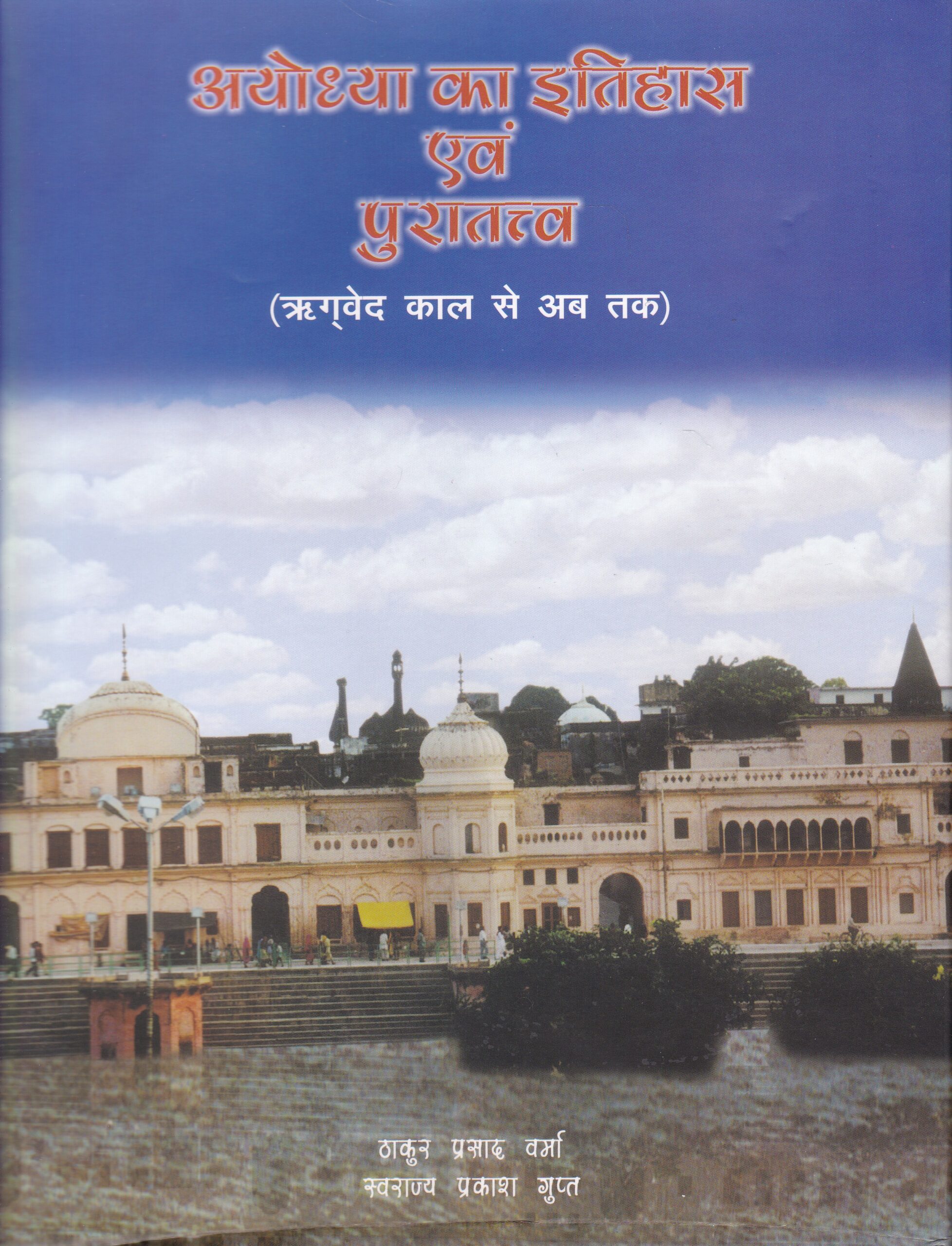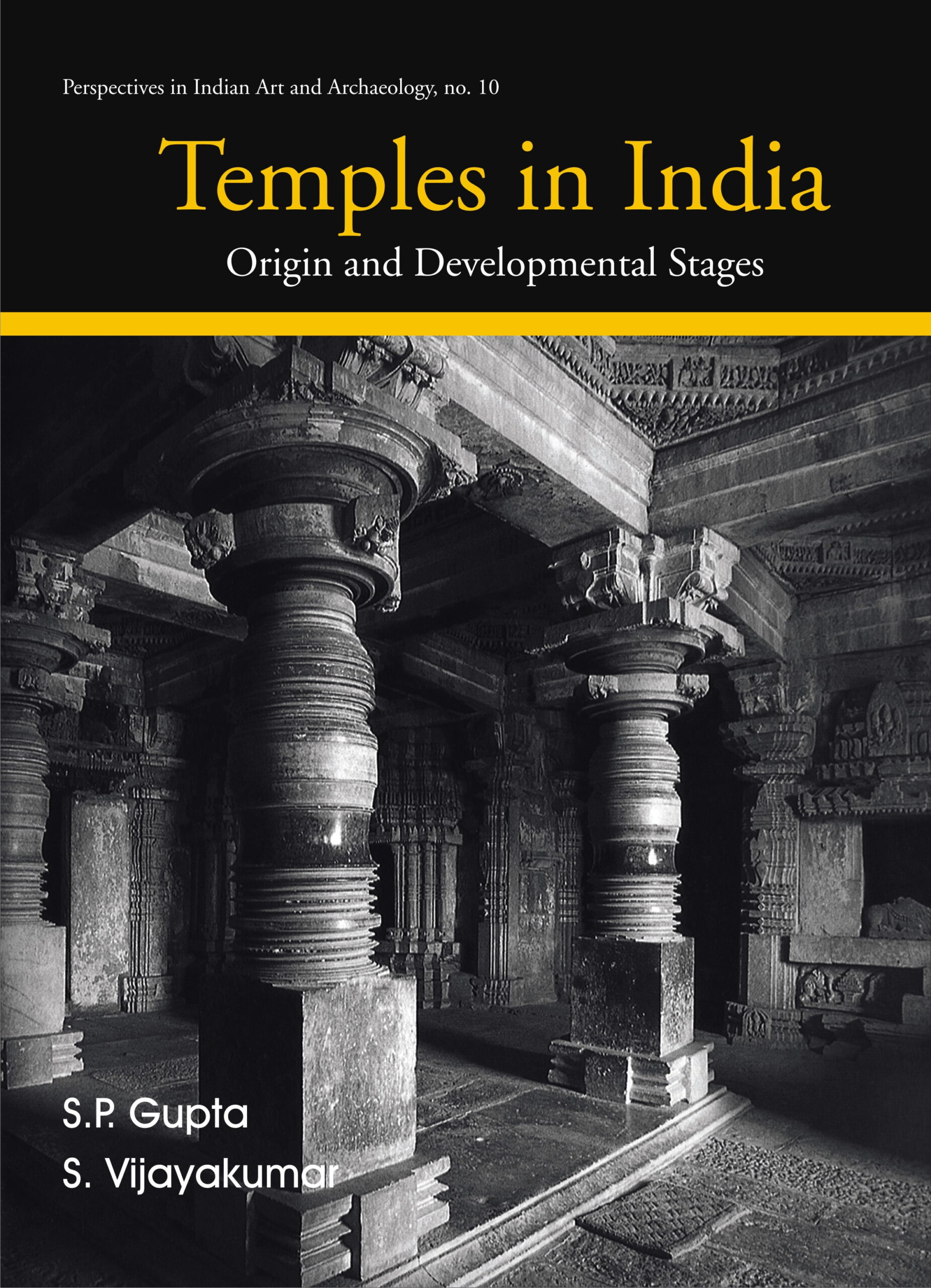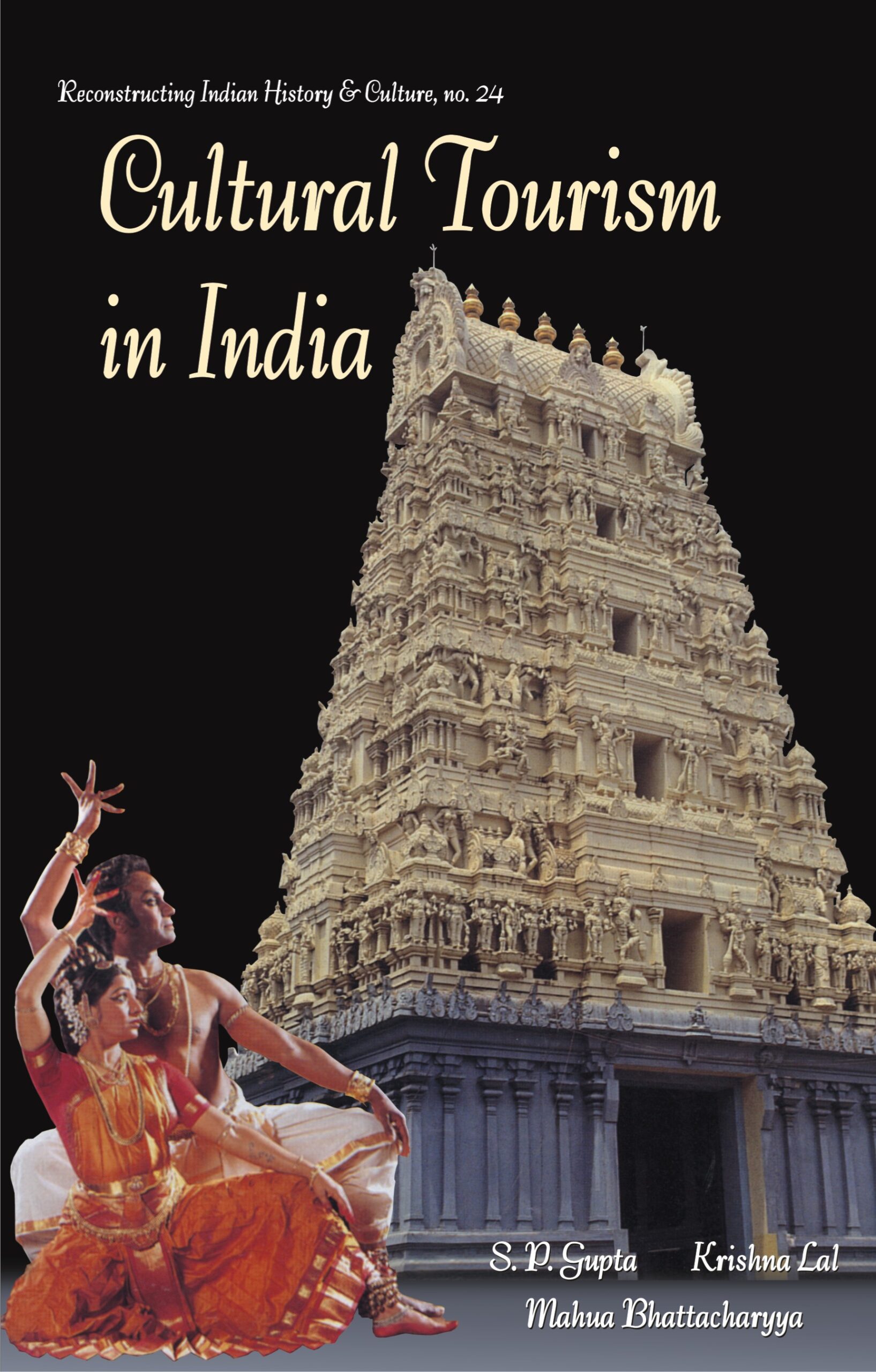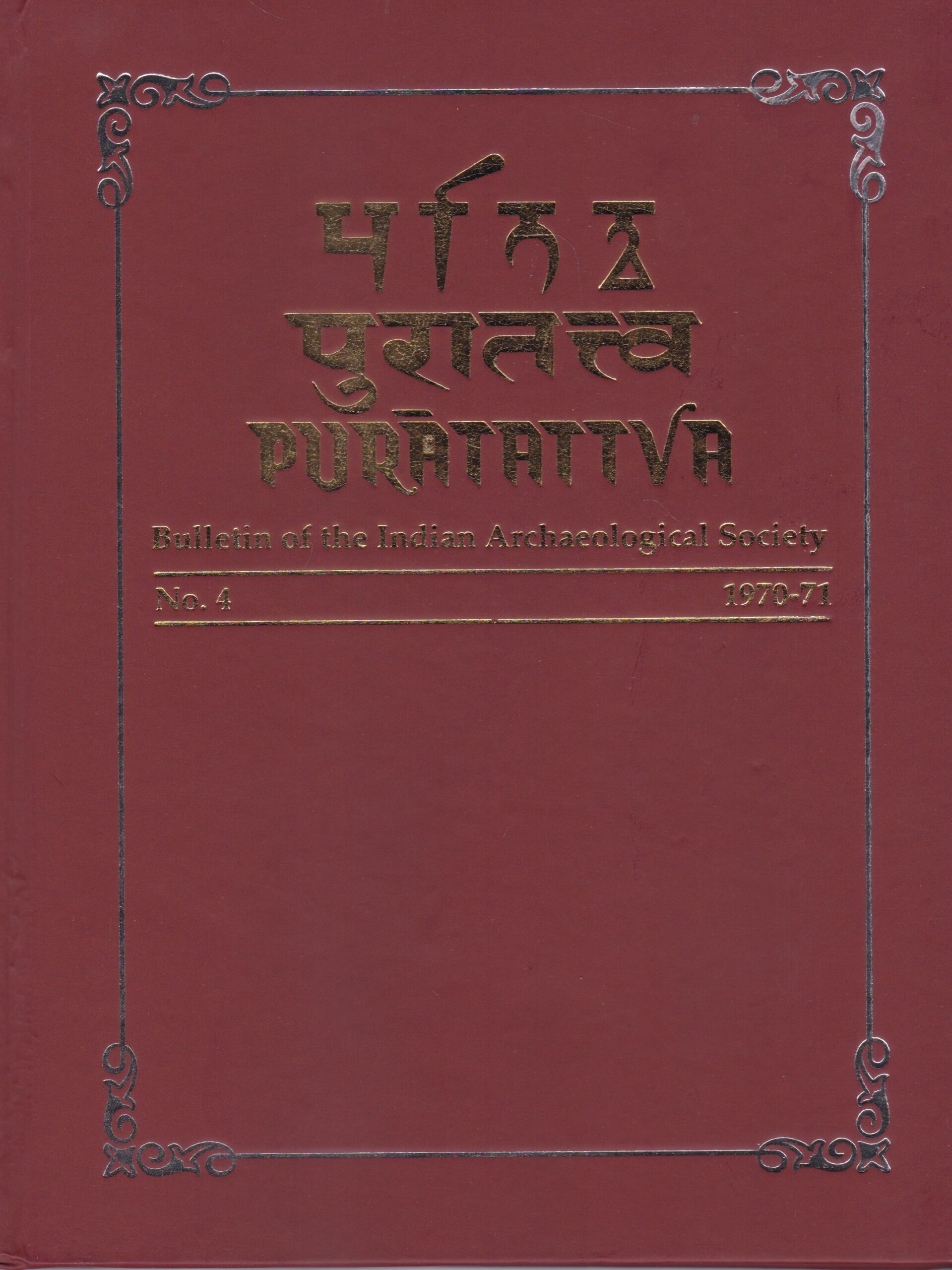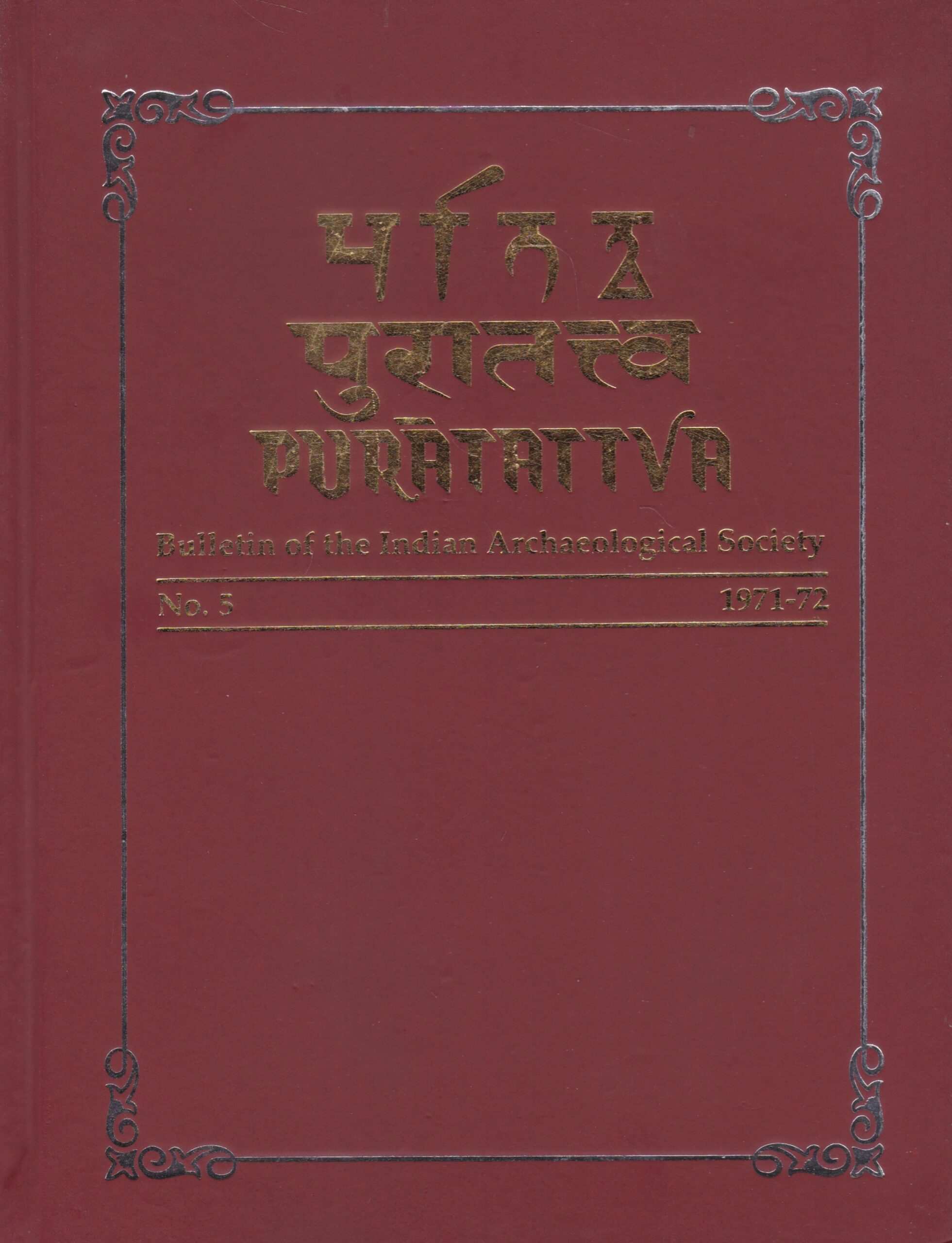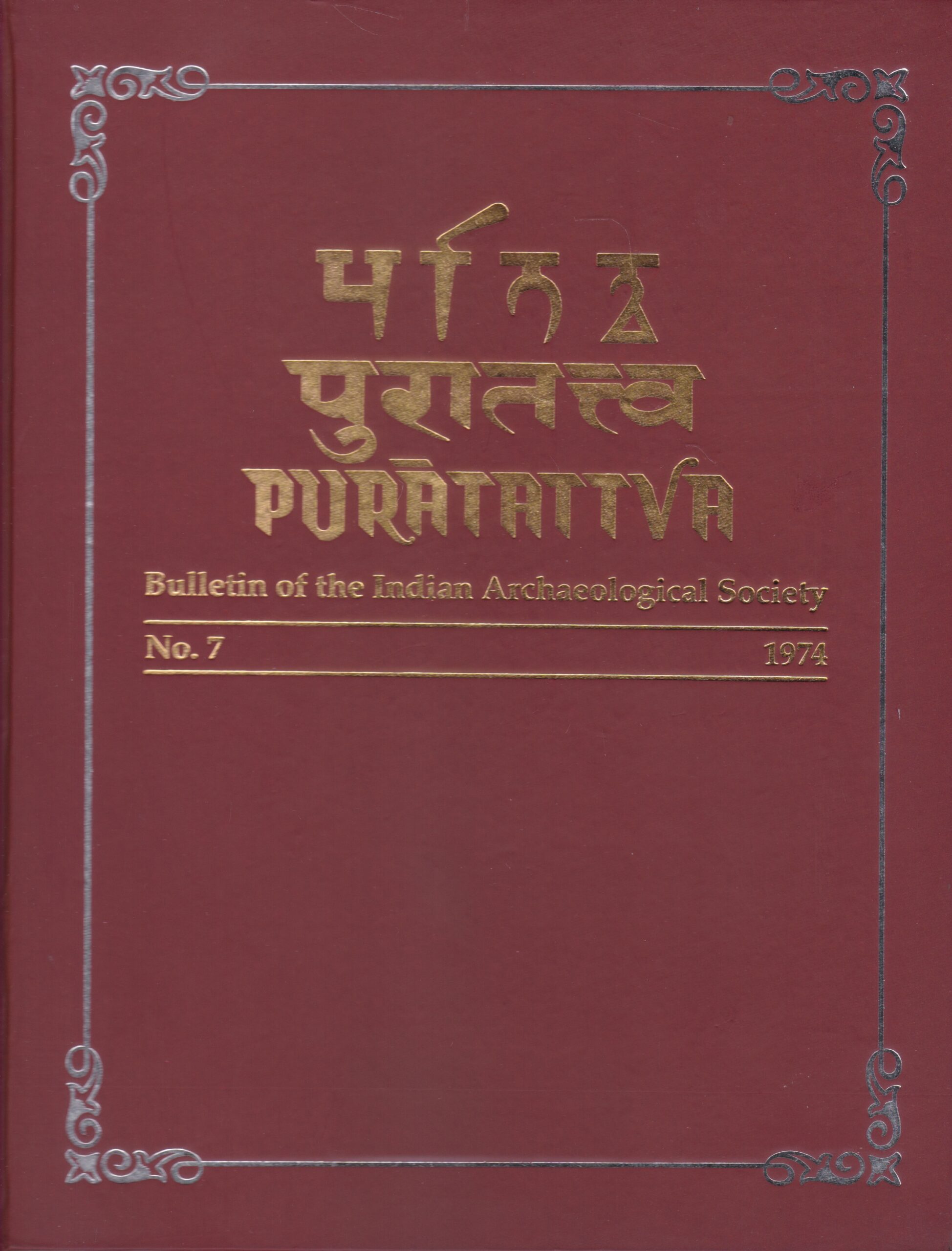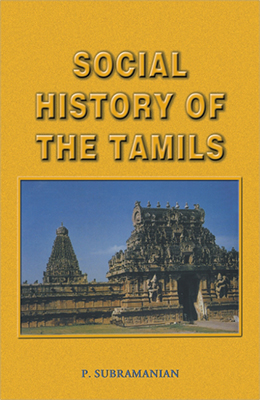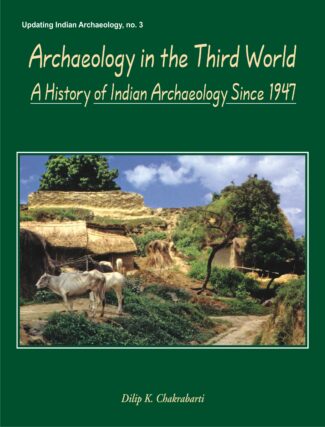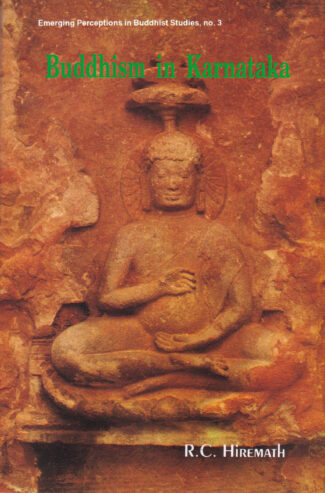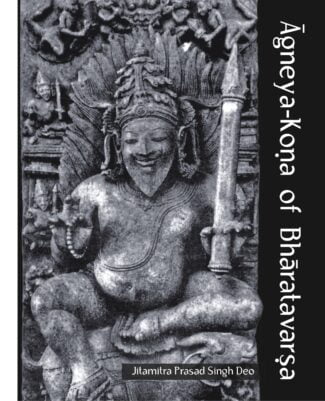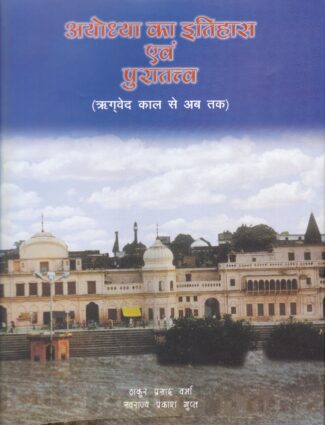
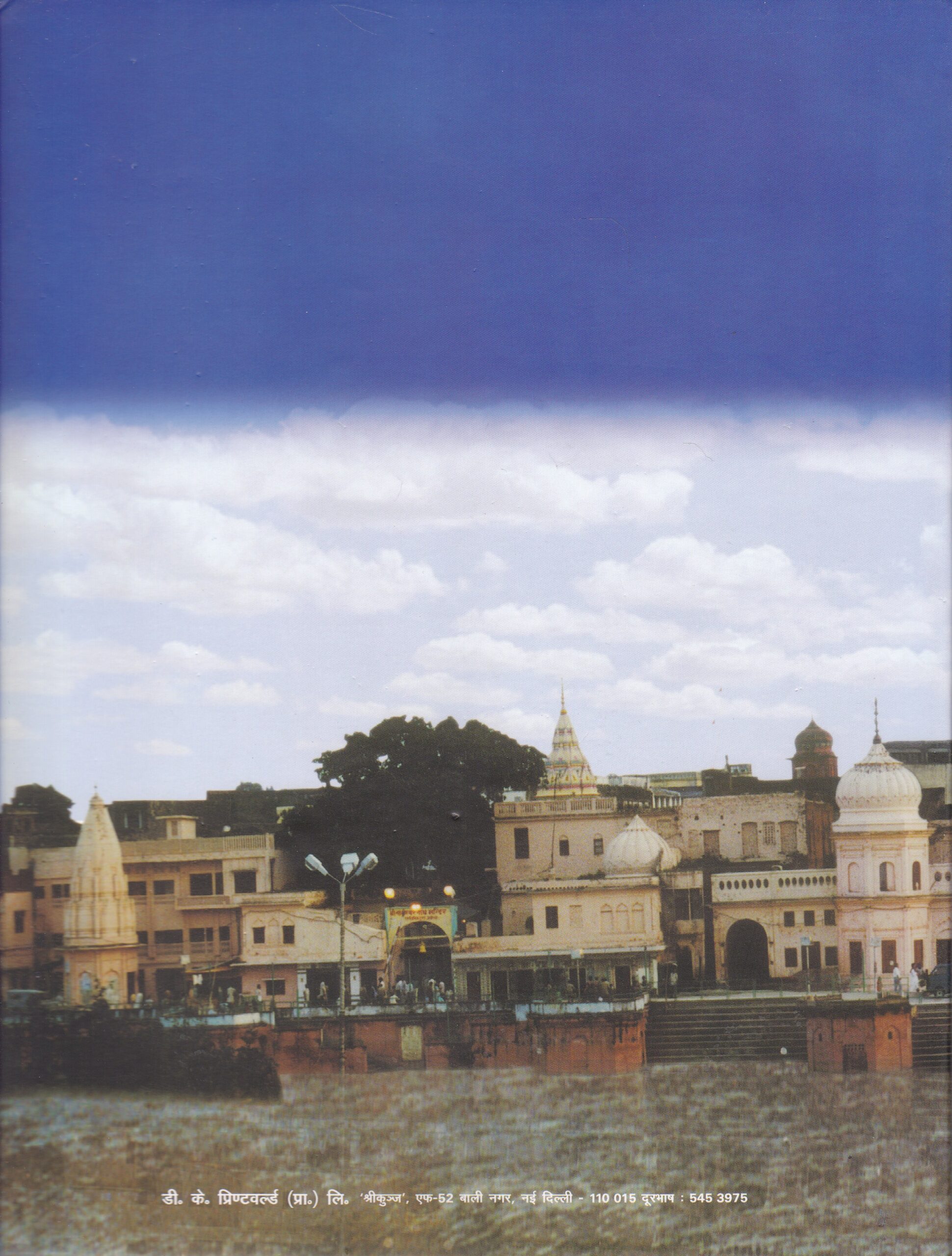
Ayodhya ka itihasa e...
Ayodhya ka itihasa evam puratattva Rgveda kala se aba taka
History and Archaeology of Ayodhya: From Rgveda Time Till Now by: Thakur Prasad Verma , S.P. GuptaT.P. Verma and S.P. Gupta, after several years toil, have here presented the history of Ayodhaya in a chronological form from Rgveda times till today which has been proved with the evidences from archaeology, coinages, scriptures, etc.
₹1,100.00 Original price was: ₹1,100.00.₹990.00Current price is: ₹990.00.
ISBN: 9788124601815
Year Of Publication: 2001
Edition: 1st
Pages : xxvii, 220
Bibliographic Details : 53 Col. & B/w photographs; 6 Maps; Bibliography; Index
Language : Hindi
Binding : Hardcover
Publisher: D.K. Printworld Pvt. Ltd.
Size: 29 cm.
Weight: 1100
T.P. Verma and S.P. Gupta, after several years toil, have here presented the history of Ayodhaya in a chronological form from Rgveda times till today which has been proved with the evidences from archaeology, coinages, scriptures, etc.
- Sale!Apsarases in Indian Literature and the Legend of Urvasi and Pururavas by: Krishna Kanta Handique
₹350.00Original price was: ₹350.00.₹315.00Current price is: ₹315.00.Indian literature abounds in a variety of myths and legends narrating allegorical/historical stories with moral teachings where celestial or semi-celestial beings, in particular the apsarases, occupy an important place. Of such legends, a few have become much popular and they reappear in the course of the history of literature at various stages. One such legend is that of Urvashi and Pururavas which is one of the most ancient legends of India, owing its origin to the Rigveda. This scholarly work, based on extensive original sources primary, comprising ancient Sanskrit texts, commentaries and glosses and modern literary pieces, kavyas and plays, as well as critical writings on these original works, studies the origin and development of the institution of apsarases and their characteristics as described in the vast corpus of Vedic, Epic-Puranic and classical works. In this context, it undertakes an interesting survey of the concept of nymphs (apsarases) in Indo-European, especially Greek mythology. Dr. Handique then thoroughly examines the depiction of the legend of Urvashi and Pururavas a favourite theme that has been immortalised in literary masterpieces in Indian literature as a whole: from the ancient Vedas and Puranas, the Harivamsha and Vikramorvashiyam to modern works like Urvashi Janani and Abhishapta Urvashi and stray poetic pieces. Presenting a new angle to the study, the book attempts to explore aspects of an age old tradition that bears close affinity with the institution of the apsarases in terms of mode of living worship and ideals like system of the devadasis. The book will prove invaluable to scholars of Indian mythology, culture and literature as well as interest general readers of ancient India’s legends and tales.
- Sale!Social History of the Tamils (1707-1947) by: P. Subramanian
₹1,600.00Original price was: ₹1,600.00.₹1,440.00Current price is: ₹1,440.00.Notwithstanding the prolificity of indepth researches in contemporary historiography, Professor Subramanian’s book is the first concentrative effort to track down the social history of the Tamils. Today, the Tamils, over fifty million of them, live in the south-eastern state of the Indian peninsula: Tamil Nadu — which indisputably represents the very nucleus of millennia-old Dravidian culture in India. The book offers a compelling account of the Tamils’ society, economy, religious beliefs, educational mechanisms, arts, and cultural expressions during the years 1707-1947 — when, significantly, the British domination blossomed, bloomed, and faded; when new thoughts, new ideas, and new ways of life came as irresistibly into the homeland of the Tamils as into the Indian subcontinent. Thus retracing over two centuries of the ‘British connextion with India’, the author here tries to show how the long colonial rule in India exposed the tradition-bound Tamilian society to Western influences — with results that proved incalculable in both their range and depth. Social History of the Tamils : 1707-1947 is the outcome of Professor Subramanian’s decade-long, painstaking research, authenticated by an astonishing mass of evidence including archival records, Jesuit sources, Modi (Maratha) manuscripts, newspapers’ reports, biographies, travelogues, literary writings, and even fictional works.
- Sale!Archaeology in the Third World by: Dilip K. Chakrabarti
₹1,100.00Original price was: ₹1,100.00.₹990.00Current price is: ₹990.00.This book offers an authoritative historical frame of archaeological research in post-Independence India. It outlines the early evolution of the new Indias archaeological policy and the wide range of discoveries, which accompanied it. It shows how in the first flush of Independence archaeological research added new depths and dimensions to the ancient Indian past. It also looks closely at the tangled web of ideas behind this research, highlighting the major mile-posts in its story of development. At the same time it demonstrates with unerring clarity how the national archaeological policy of the 1950s and the 1960s has currently lost its direction. This is accompanied by an incisive analysis of different aspects of Indian heritage management, including the impact of religious fundamentalism, the looting of antiquities and the place of archaeology in Indian education. Finally, there is a detailed discussion on the scope of nationalist archaeology in India. One of the core arguments of the book is that the developments and features of post-Independence Indian archaeology may be representative of the archaeological scenario of the Third World as a whole. In fact, this is the first book to set down clearly the basic traits of Third World Archaeology and argue for its acceptance as a separate conceptual area in mainstream archaeology.
- Sale!Buddhism in Karnataka by: R.C. Hiremath
₹275.00Original price was: ₹275.00.₹248.00Current price is: ₹248.00.Dr. R.C. Hiremath examines the age-old story of Siddhartha Gautamas early life and renunciation, providing the reader with the background of the Shramana schools that did not accept the authority of the Vedas. He treats, with meticulous scholarship, the Hinayana and Mahayana forms of Buddhism, and establishes that, contrary to popular belief, these two forms were not antagonistic to each other. The author maintains that Buddhism had in fact entered Karnataka before the time of the Emperor Ashoka, and that it enjoyed its heyday between the third century BC. and the third century AD. He describes the organisation of the centres, assesses the standing of Buddhism as a living important religion of Karnataka, and accounts for its decay and departure to countries outside the land of its birth. He discusses the impact of the religion on the literature of Karnataka, of which little, that is authentic, is yet known. Based on the Ashokan edicts found in the region, which are claimed to have been the first writings in Karnataka, Dr. Hiremath goes further to infer that the Kannada script and literature have been derived from Buddhistic literature and philosophy. Supported with reports of archaeological excavations and foreign travellers, the study gives a fresh insight on an hitherto untapped area. With highly informative appendix giving Devanagari text, Roman transliteration and translation of the inscriptions found in Karnataka, extensive bibliographic references, and a glossary of non-English words/phrases, the book holds out an enduring appeal to both scholars and discerning readers.
- Sale!Agneya-Kona of Bharatavarsha by: Jitamitra Prasad Singh Deo
₹1,100.00Original price was: ₹1,100.00.₹990.00Current price is: ₹990.00.The book focuses on the cultural developments of Agneya-Kona (the south-east India) and their contributions to the development of humanity, and highlights the concocted history of Bharatavarsha, especially of Agneya-Kona.
The author projects many artefacts to substantiate his theory. Many archaeological findings Þ the pre-historic rock painting of Gudahandi, images of female figurines, along with circular discs, and nude female figurines are cases in point. Female principle was worshipped in the Mahanadi Valley both in aniconic and iconic forms.
Agneya-Kona has contributed significantly to the growth of the tantric worship. In the pre-historic rock painting of Gudahandi, there is a trace of Yoga, especially Kundalini Yoga. The book details the spiritual and yogic culture of Orissa, the formative phase of Purushottama Jagannatha culture, the impact of Narasimha culture, yoni tantra traditions of the Central Mahanadi Valley and the spiritual relationship of Kalahandi with Candipur Tara-Pitha of Birbhum.
A Sumerian temple that imbibed the form of Lord Purushottama Jagannatha is in highlight, and the author makes a strong statement that the culture of the region is older than the Sumerian Civilization.
The book is a source of inspiration for archaeologists and historians, who want to study more about south-east India, and students, teachers and researchers of arts and culture.


